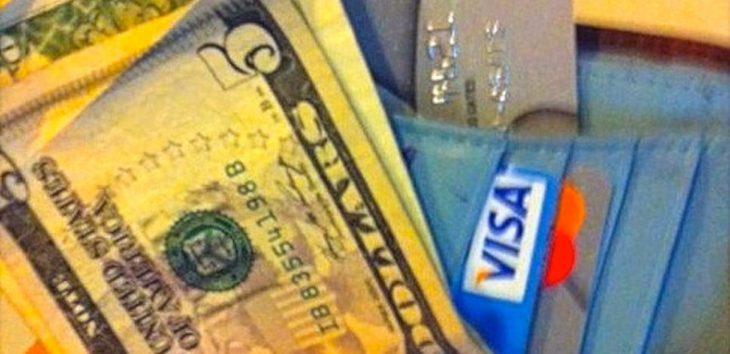National Retail Federation forecasts slower growth ahead, higher interest rates
by July 10, 2023 11:27 am 1,020 views

The National Retail Federation’s monthly economic review indicates the U.S. economy is “slowly rolling forward” to start the back half of the year. NRF Chief Economist Jack Kleinhenz said the economy did better than expected in the first half of 2023, but growth is slowing.
“The first half of the year is over, and the economy is still moving in the right direction,” Kleinhenz said. “While the rhythm, tone and pattern have slowed, it has not stalled and recently revised data shows underlying strength that seems to be rolling forward.”
He said the resiliency of the U.S. consumer will be tested in the coming months as economic headwinds may slow spending. Still, the $500 billion in excess savings built up during the pandemic and continued employment strength could also mean consumers are on “the path of least resistance to economic growth and are doing their part to keep the economy growing.”
NRF said revised data from the U.S. Bureau of Economic Analysis now shows that first-quarter gross domestic product adjusted for inflation grew 2% year over year, up from the 1.1% first reported. The personal savings rate has been revised upward to 4.3% from 3.4%. Also, the private final sales to domestic purchasers – which exclude inventories and imports to provide a good indicator of underlying growth – were revised to 3.2% growth from 2.9%.
He said consumer spending, which makes up 70% of GDP, increased at an annual rate of 4.2% in the first quarter, which was four times the 1% growth in the fourth quarter of 2022 and the fastest growth since mid-2021 despite strong headwinds from interest rates and inflation.
The preliminary second-quarter data also indicated household spending was up 0.1% in May, compared to 0.6% in April. Kleinhenz said he expects a slowdown when final second-quarter results are released. He said spending is slowly shifting from goods, which declined 0.5% in May, to services, which grew 0.4%.
Retail sales reported by NRF, excluding automobile dealers, gas stations and restaurants, were up 0.4% month over month in May but less than the 0.6% growth in April. Kleinhenz said more interest rate increases are likely.
“Meanwhile, inflation remains elevated but is easing and taking some pressure off of households. The Personal Consumption Expenditures Price Index – the Fed’s preferred measure of inflation – showed prices were up 3.8% year over year in May. That was down from 4.3% in April and the first time inflation was under 4% since early 2021,” Kleinhenz said.
He said PCE inflation peaked at nearly 7% in mid-2022. Despite the reduction, continued increases in consumer spending could prompt the Federal Reserve Bank to increase interest rates as it tries to slow inflation to its target of 2%. Economists with Wells Fargo Securities noted on July 7 that the weaker-than-expected jobs report contrast with rising incomes and continued spending on services gives the Fed a green light to resume tightening at its next meeting on July 26.
Wells Fargo expects real GDP to be up 1.1% in the second quarter, rising 1.4% in the third quarter and falling to 0.4% in the fourth. The full-year forecast calls for GDP growth of 1.6%, down from 2.1% growth last year.
